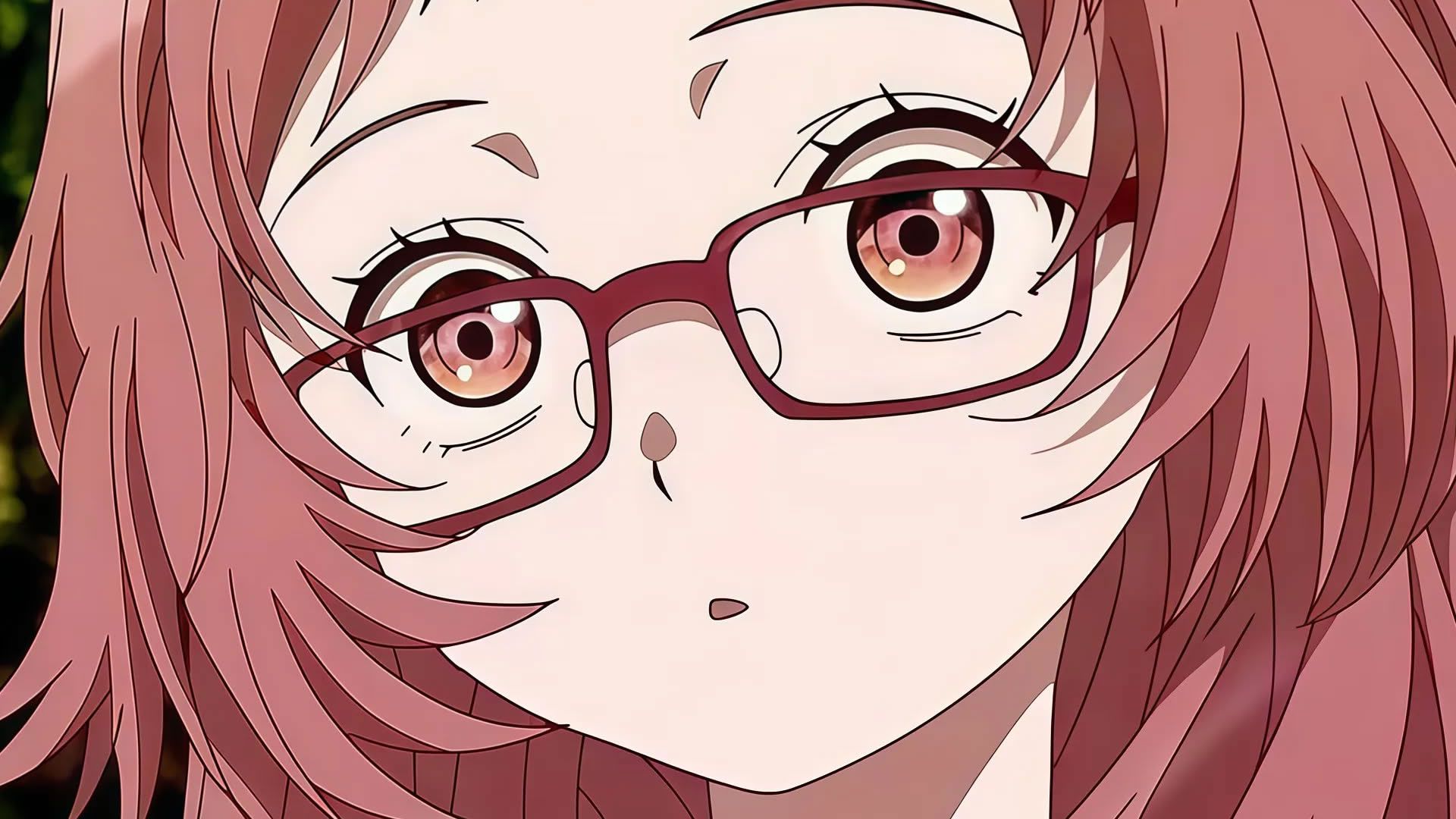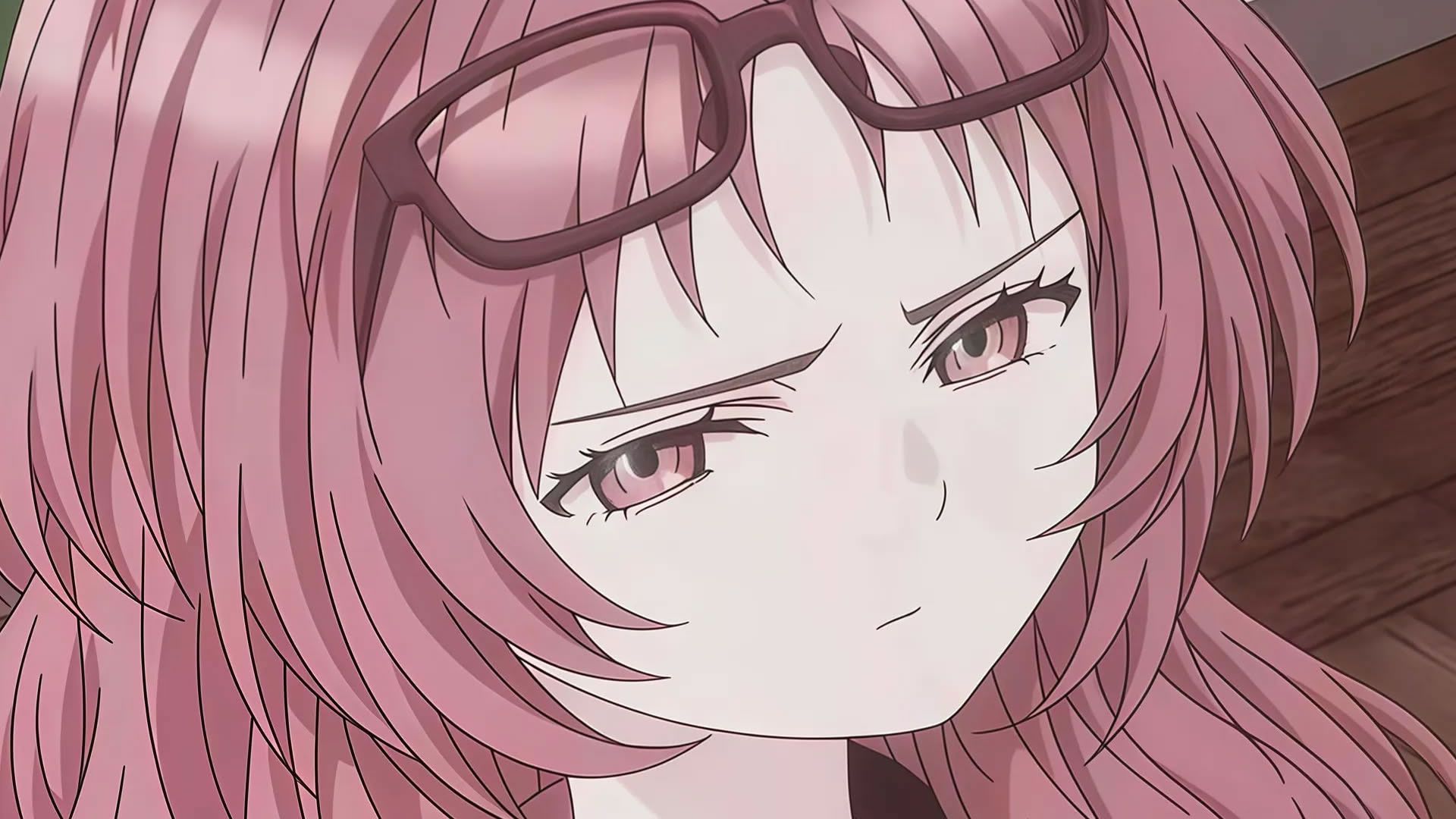A Japanese illustrator revealed on social networks a little-known reality within the anime and video game industry: characters with glasses are frequently rejected by clients and producers. Through the platform X (Twitter)the artist commented that “studios act as if the characters with glasses had murdered their parents” when presenting designs.
The designer, identified as @refeiaexplained that this rejection does not come from an aesthetic or personal issue, but from a business decision based on sales and production costs. Although the archetype megane-kko (girl with glasses) has gained popularity among fans, the figures behind the spin-offs tell another story.

According to the illustrator, characters with glasses tend to sell less merchandisingsuch as figures or keychains, compared to other designs. This statistical difference makes the lenses a financial risk within the commercial sector. Despite this, there are notable exceptions such as Bayonettawho managed to maintain his characteristic design with glasses, something that the artist considers “a monumental achievement.”
Glasses complicate animation
From a technical point of view, lenses represent a challenge in animation. In 2Dmaintaining its shape, reflections and position from different angles increases the correction work in each frame. In 3Dthe problems multiply: they can cause modeling errors (clipping)require additional shadows and highlightsand even hide the expressiveness of the eyessomething that directors consider essential to connect emotionally with the viewer.

Cultural perception and emotional risk
Another influencing factor is the cultural difference in how the lenses are perceived. While in Japan they may be seen as a fashion accessory, in the West they tend to be associated with weakness or medical correction, which affects the overall reception of the characters. Furthermore, many producers prefer to avoid items that cover the facesuch as masks or glasses, as they can interfere with facial expression and reduce the emotional connection with the audience.
The artist concluded that the industry does not “hate” glasses, but the financial risk and technical cost that they represent. This trend reflects a priority towards efficiency and profitability above aesthetic experimentation, a constant in an increasingly competitive global market.

Do you think studios should take more risks with designing characters who wear glasses, despite commercial limitations?
